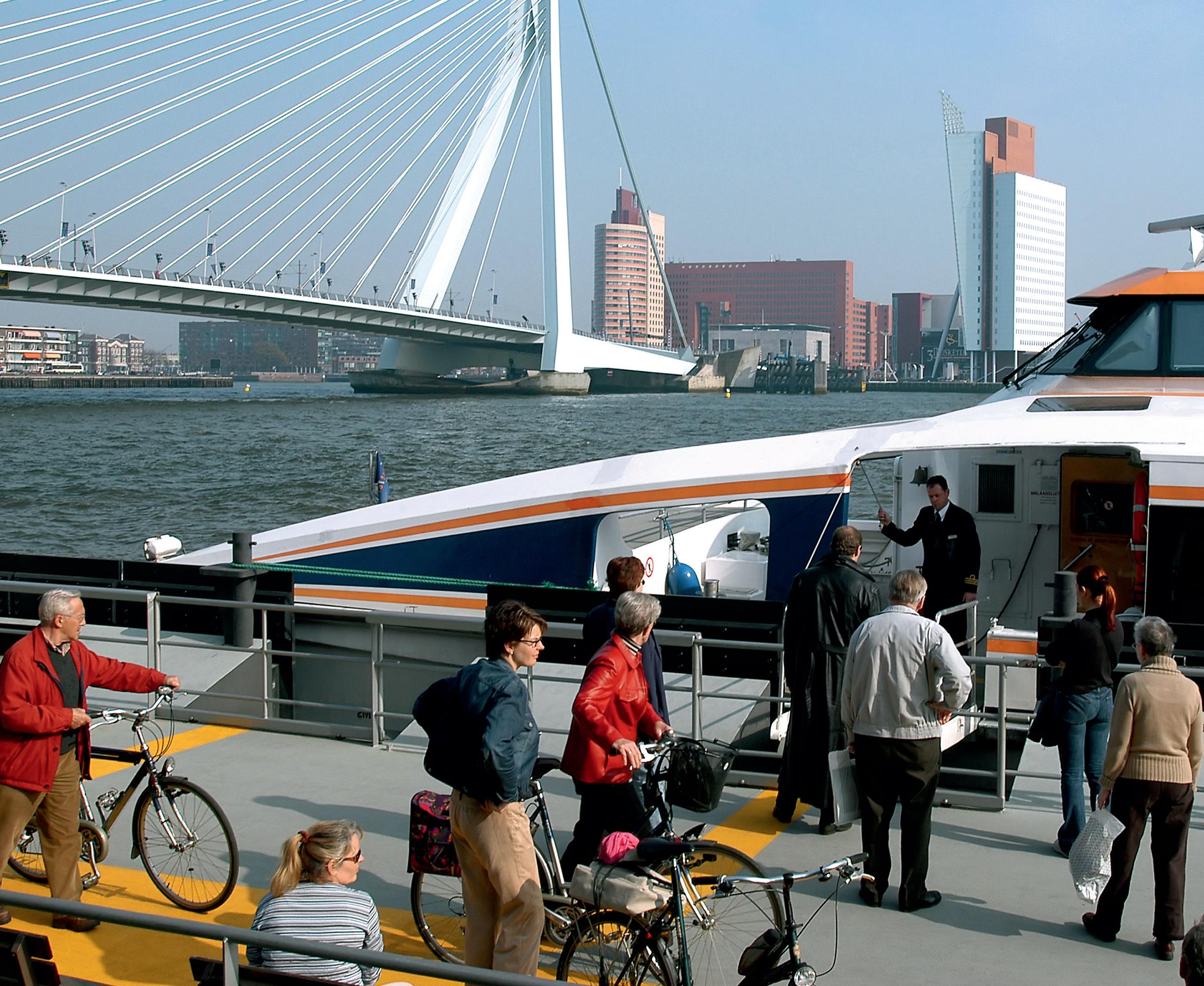
5 minute read
Hoofdstuk 1 Randstad: a leading region in Europe
Randstad: a leading region in Europe
The government’s aim with the ‘Randstad 2040 Structural Vision’ is to turn the Randstad into a sustainable and internationally competitive leading region. The Randstad in 2040 will be a leading region of international significance, and with powerful, attractive cities with convenient access by road and public transport alike. This region will have many different and attractive living environments, and sufficient green space and water for leisure activities. It will be climate resilient and well protected against flooding. Furthermore, the Randstad in 2040 will benefit in full from Amsterdam’s metropolitan diversity and strength, and from the specific commanding international functions located in Rotterdam, The Hague and Utrecht. This factor will help keep the number of jobs and the growth in prosperity high enough to sustain support for the rising costs of social and other services.
Advertisement
WHAT IS A STRUCTURAL VISION?
The Spatial Planning Act (Wro) determines that municipalities, provincial governments and the national government set down the spatial policy for their respective territories in one or more Structural Visions. A Structural Vision is a policy document about spatial structure strategy. A Structural Vision outlines the spatial developments of the area that it covers, also explaining how the policy or developments are to be achieved, which is to say which authorities and instruments will be used. The kinds of authorities involved could be integration plans, project decisions or general rules (in the case of the national government, an order in council, or in the case of a provincial government, a bye-law). Some examples of instruments are money, communication and administrative coordination.
Issues of accessibility, ageing of the population, climate change, society’s demanding requirements on the living environment and increasing international competition are just some of the compelling reasons for strengthening the Randstad conurbation in the long term. The Dutch government’s ambitions are not restricted to spatial matters, but encompass education, opposition to segregation, and the cultural climate. While these nonphysical subjects are raised in the Randstad 2040 Structural Vision and summarized in this document, they are not discussed in detail. The Structural Vision primarily addresses the spatial choices and actions for the long term, together with the associated spatial development concept.


RANDSTAD URGENT PROGRAMME
The Randstad 2040 Structural Vision is part of the Randstad Urgent programme, in which the national and provincial governments, municipalities and metropolitan regions are jointly tackling various issues in the Randstad. The point of the programme is to resolve any difficulties and make decisions, with a view to ensuring the Randstad’s international status as an economically strong region, now and in the future.
Arriving jointly at practical results The government is obliged to collaborate with other public and private parties on realizing the ambitions. The issues must be tackled on the scale at which they operate, which implies an international approach in some cases. An international example is the mitigation of river flooding risks that are exacerbated by climate change. Other issues have more of a local or regional impact, such as on the housing market. The projects in the Randstad Urgent programme have an important role in achieving practical results, similar to the various sectoral actions that issue from the Mobility Approach, the Landscape Agenda, and other plans, which are to be adopted soon. Furthermore, the government will consider starting a study into comprehensive and substantial ‘Randstad Key projects’ as part of the Multi-Annual Programme for Infrastructure Spatial Planning and Transport (MIRT). The government envisages a scope of a few substantial projects of major national significance. These will be comprehensive projects, the physical and functional aspects of which will attract international interest, while being consistent with the issues, guiding principles and choices set out in this vision. Implementation partnerships will have an important role to play. They will bring together public authorities, market parties, social organizations and other stakeholders to translate significant components of the vision into action. The government’s approach to achieving the practical results is set out in detail on pages 16-59.
Robust and flexible The future will always be uncertain. It is impossible for the government to give an exhaustive prediction of what the Randstad will look like in 2040, and it has no intention of doing so. Instead, robust and flexible choices have been made. The choices are robust in the sense that they can be expected to add value even in the event of unforeseen circumstances and trends, and flexible in that between now and 2040 there must always be scope for applying new insights and innovations in interpreting them.
Process The government reached its choices at the end of an extensive process along the following lines. - Dialogue
The opinions, views and ideas of the public and stakeholders were gathered in a dialogue conducted on Internet and in physical meetings, and they have contributed to the
Randstad 2040 spatial development concept - Consultation and study
The government solicited the advice of the Netherlands
Social and Economic Council (SER) and the Council for
Housing, Spatial Planning and the Environment, in consultation with the Council for the Rural Area and the
Advisory Council for Transport, Public Works and Water
Management. The Netherlands Institute for Spatial
Research, the Netherlands Environmental Assessment
Agency, the Netherlands Bureau for Economic Policy
Analysis and other agencies have also carried out specific studies concerned with the Randstad. - Design
The detailed discussion and the dialogue about the future of the Randstad were supported with concepts that emerged from research through designing, which is a process of depicting new design issues. - Implementation partnerships
Several implementation partnerships were established in the course of the process, with the participation of stakeholders, such as public authorities, market parties and social organizations. There were contributions from the national government and the region. Additional information about this preliminary process is given on pages 68-77.




